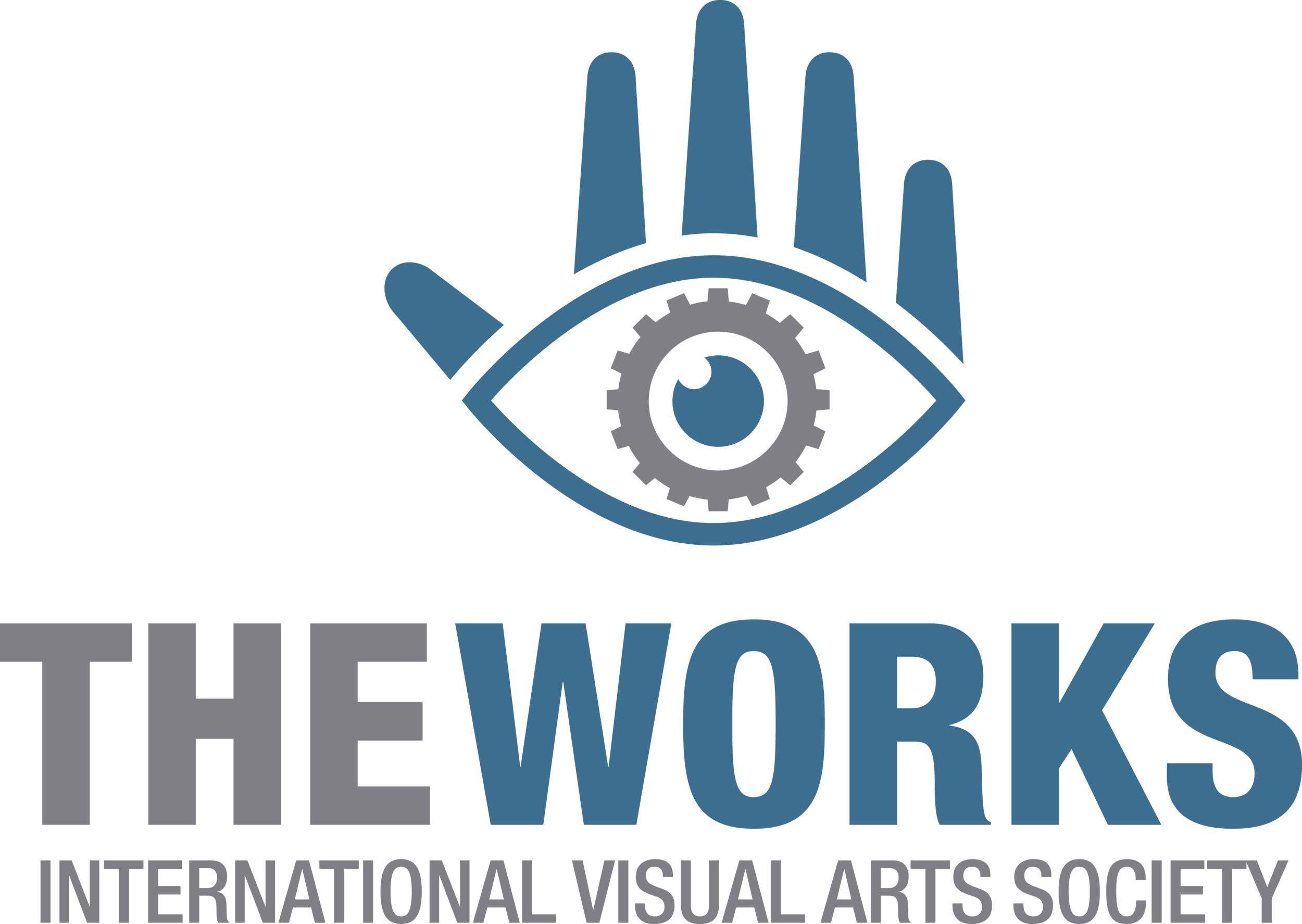The Works Training in Art (TART) Program
By Emily MacDonald, Curatorial Coordinator
Image taken from http://ville-noire.com/
Contemporary art has more market value in the 21st Century than ever before thanks to online sales and art auctions. In this highly commercialized art world, the commodification of art intensifies, threatening to compromise the social and cultural agency of the works. A public art festival, however, has the potential to work against this trend by engaging the community, and thereby restoring art’s social, political, and cultural agency.
The Works Art & Design Festival bridges the gap between the public and art and with the development of the festival’s TART: Training in Art leadership program, this gap is closing. Rather than a focus on information dissemination or docent-public relationship, the TART education model trains volunteers to lead the public to be active participants in meaning creation.
In the 1980s, American artist Martha Rosler observed that the public was being replaced by audiences. Fellow artist, Anton Vidokle, illustrates Rosler’s distinction between audiences and the public by asking us to imagine a movie theatre. In the theatre, according to Vidokle, audiences sit passively absorbing content, rather than other situations where the public is encouraged to participate in a more active way. In other words, “[a]udiences are groups of consumers of leisure and spectacle; they have no political agency and no necessary means or particular interest in affecting social change. My feeling is that what Rosler observed in the 80’s is now a fait accompli: the audiences for art have become enormous, but there is no public among them” (Vidokle, 2009).
The public is an important element that contributes to the cultural, social, and political energy of art. This value can sometimes be overlooked when our cultural institutions cater to niche audiences of contemporary art. The publics are sometimes left with an intimidating experiences of contemporary works and this is often the struggle with many public art projects. I often encounter those who are frustrated with these projects because they feel that there is inevitably always a concealed meaning behind the work that is inaccessible. A major barrier to art interpretation is that we tend to see works as a veil. Whether there is anything behind a veil or not, it creates the assumption that there is hidden or concealed content that we cannot access.
Although the TART program has a heavy emphasis on facilitating dialogue and meaning creation, volunteers also learn technical aspects concerning form and composition. This is an amazing experience for any volunteer with an invested interest in The Works Festival. It is an opportunity for growth, to develop as a leader, and to be mediators between art and the public showing people how to come to conclusions on their own rather than pulling back the veil.
Find out how to volunteer for The Festival here: http://www.theworks.ab.ca/volunteer/

